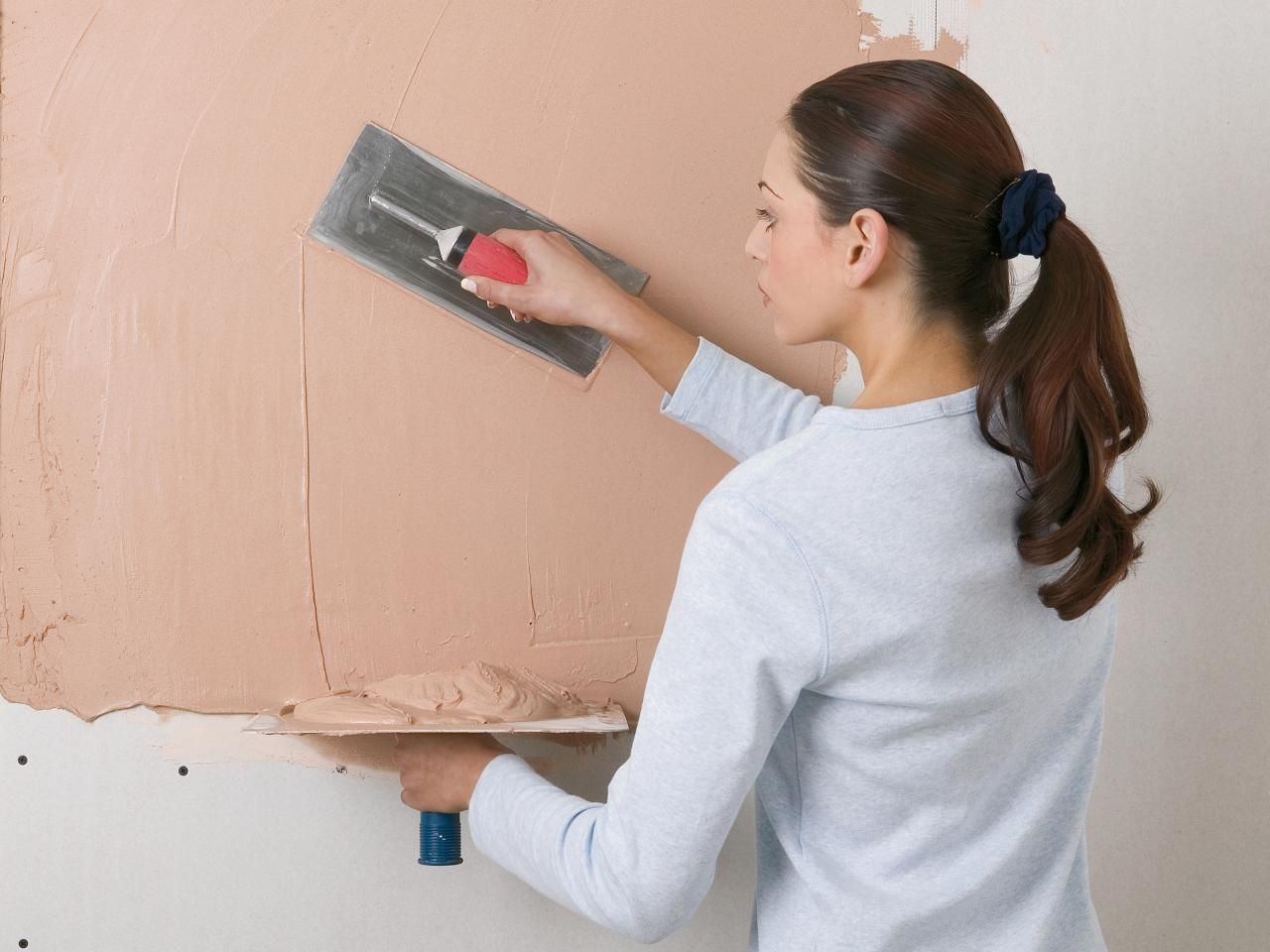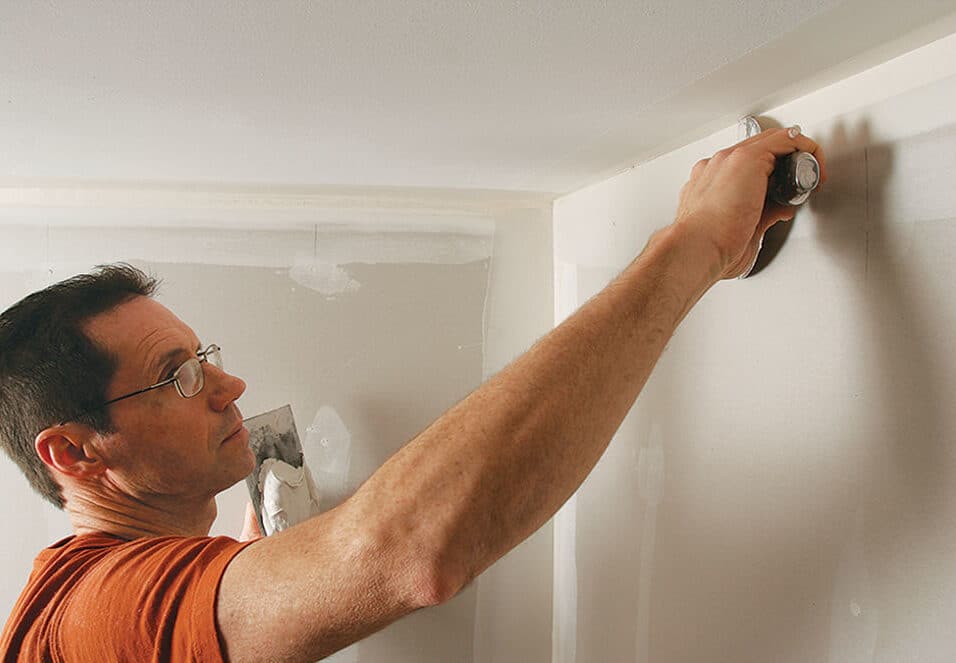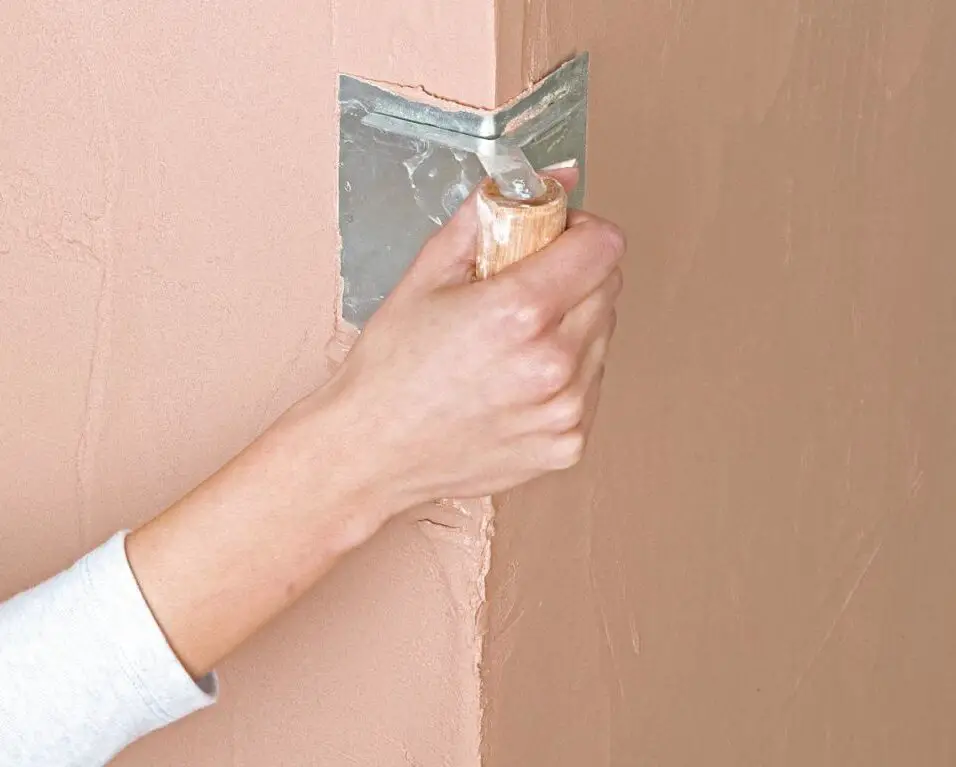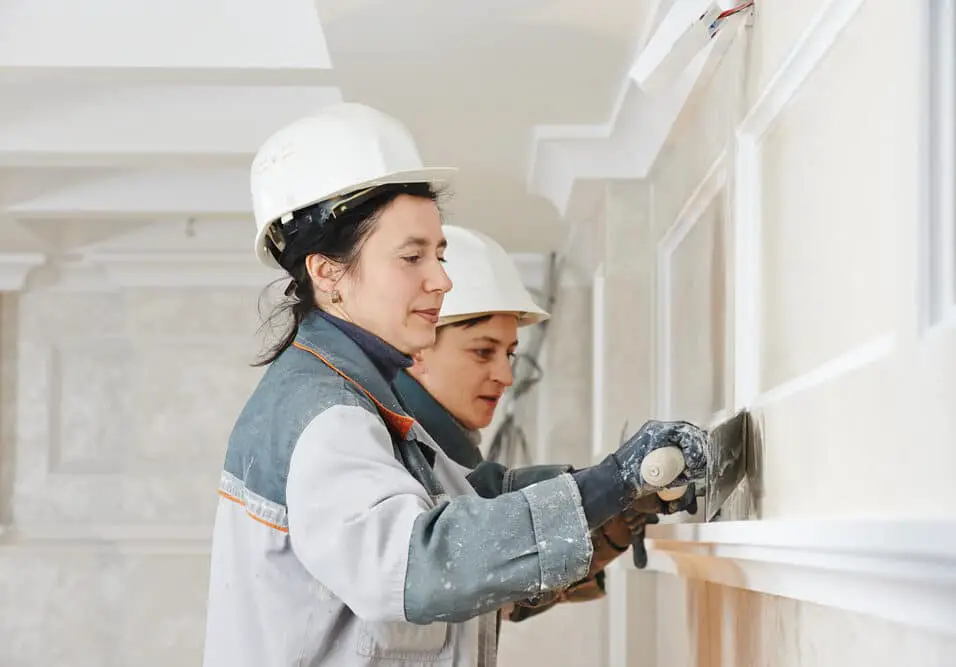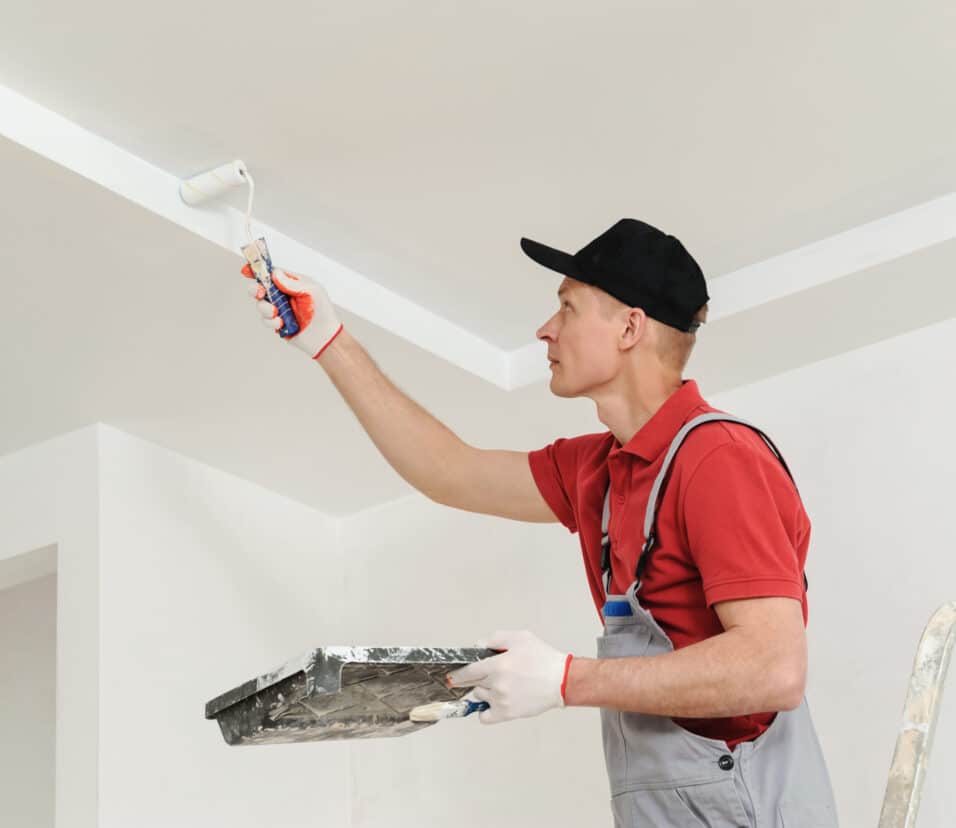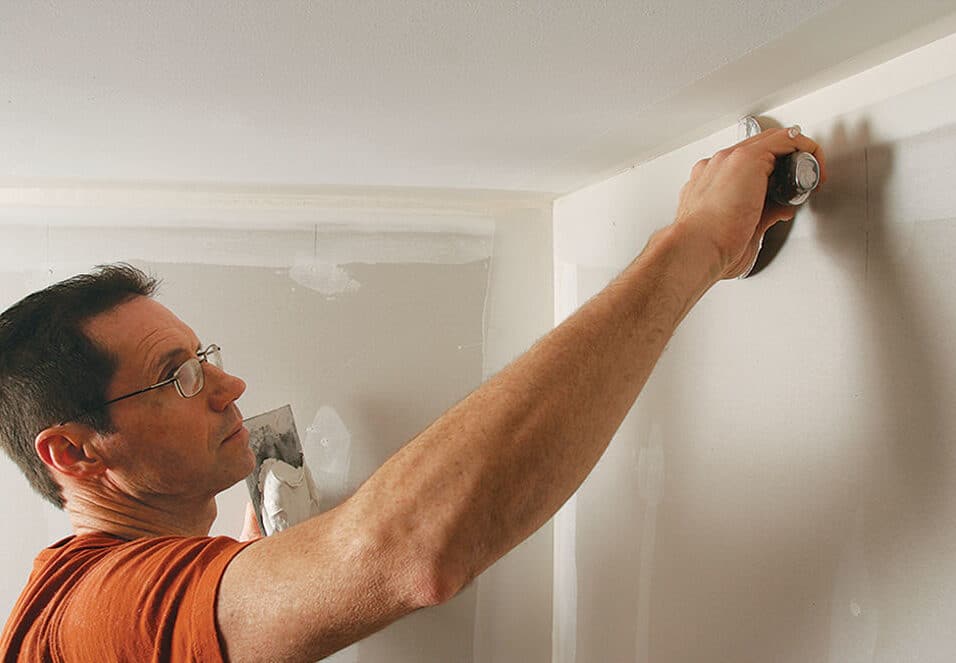How To Make Drywall Look Like Plaster
Introduction
How To Make Drywall Look Like Plaster: Drywall is a popular choice for interior walls due to its affordability and ease of installation. By following a few simple steps, you can achieve a beautiful plaster-like finish that will enhance the aesthetic appeal of your space. In this article, we will guide you through the process of transforming your drywall into a stunning plaster-like surface.
Before diving into the techniques, it’s important to understand the benefits of creating a plaster-like finish on your drywall. It adds a touch of sophistication and elegance to any room, making it a popular choice for high-end homes and commercial spaces. By replicating the look of plaster on your drywall, you can achieve a similar aesthetic without the high cost and labor-intensive process of traditional plastering.
One of the key techniques to achieve a plaster-like finish on drywall is through the use of joint compound. Joint compound, also known as drywall mud, is a versatile material that is commonly used for filling gaps and seams in finish drywall installations. By applying joint compound in a specific manner, you can create a textured surface that mimics the appearance of plaster. This technique allows you to add depth and dimension to your walls, giving them a more authentic and artistic look.
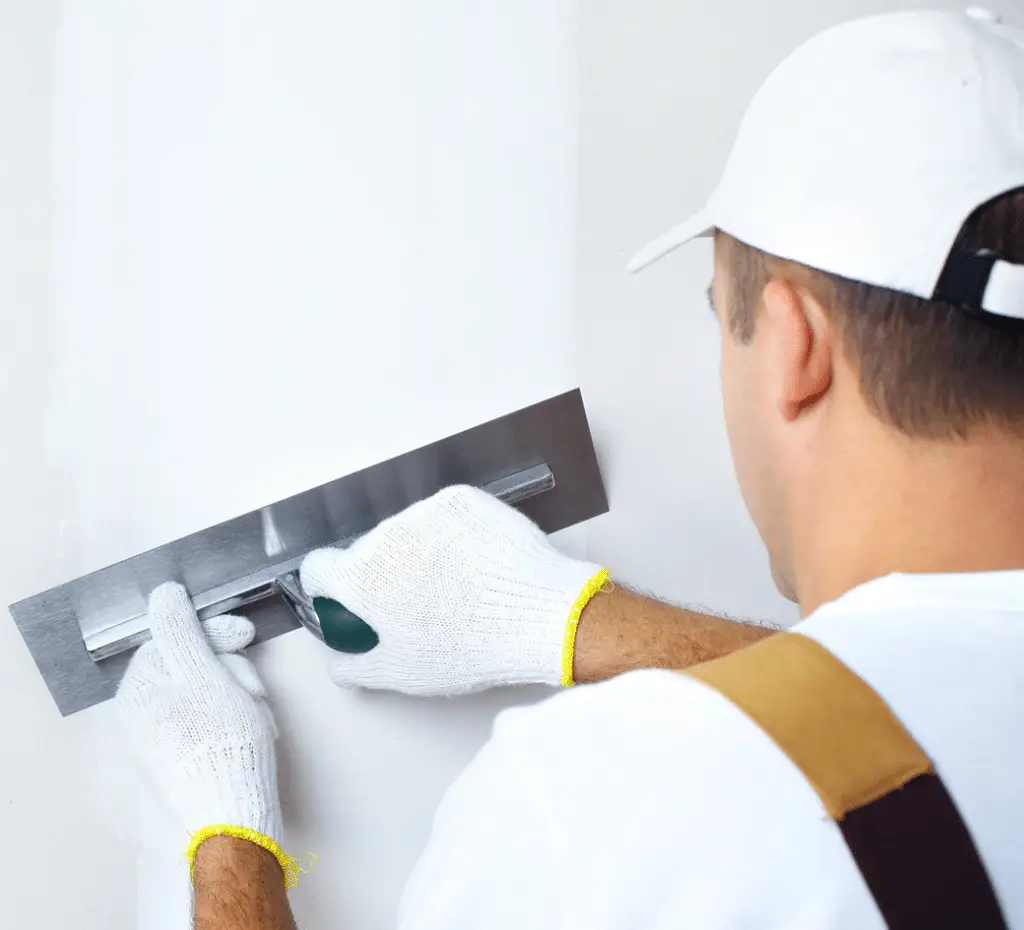
How do you make a wall look like plaster?
Available in a range of colors, limewash paint is the perfect introduction to plaster-look paint. It will give you an irregular finish with subtle color variation. Made from natural lime and powdered marble, limewash paint is a great beginner-friendly option.
When it comes to giving your walls a textured and rustic look, plaster is a popular choice. It adds depth and character to any space, creating a timeless and elegant ambiance. If you’re wondering how to make a wall look like plaster, you’re in the right place. In this guide, we will walk you through the steps to achieve this stunning effect.
Preparing the Wall:
Before you begin, it’s essential to prepare the wall properly. Start by cleaning the surface thoroughly to remove any dirt, dust, or grease. Fill in any cracks or holes with a suitable filler and sand the wall to ensure a smooth finish. Once the wall is clean and dry, apply a primer to create a good base for the plaster.
Choosing the Right Plaster:
There are various types of plaster available, each with its own unique characteristics. Lime plaster, for example, is a traditional option that offers a soft and matte finish. Consider the desired texture and appearance you want to achieve before selecting the appropriate plaster for your project.
Applying the Plaster:
Now it’s time to apply the plaster to the wall. Start by mixing the plaster according to the manufacturer’s instructions. Use a trowel to spread the plaster evenly across the wall, working in small sections at a time. To create a textured effect, you can use a variety of tools such as a sponge, brush, or even a plastic bag to create different patterns and finishes. Experiment with different techniques until you achieve the desired look.
Finishing Touches:
Once the plaster has dried, you can further enhance the wall’s appearance by adding additional layers or applying a glaze. This will give the wall a more authentic and aged look. Consider using a tinted glaze to add subtle color variations and depth to the plaster. Finally, seal the plaster with a suitable sealant to protect it and ensure its longevity.
By following these steps and using your creativity, you can transform your walls into stunning plaster masterpieces. Whether you prefer a smooth and polished finish or a more textured and rustic look, plaster is a versatile option that can elevate the aesthetic of any room.
Is drywall better than plaster?
For one thing, plaster is by nature a more durable finish than drywall, even high-level drywall finishes. In addition, plaster outperforms drywall in a number of key areas, including insulation, soundproofing, and fireproofing. One additional point in plaster’s favor is that by nature, mold can’t grow in plaster.
Drywall:
Drywall, also known as gypsum board or sheetrock, is a popular choice for modern construction projects. Relatively easy to install and provides a smooth and uniform surface for painting or wallpapering. It is also fire-resistant and offers good sound insulation properties. Additionally, drywall is more resistant to cracking and shrinking compared to traditional plaster.
Plaster:
Plaster is also highly resistant to dents and scratches, making it a suitable choice for high-traffic areas.
Differences and Considerations:
When comparing drywall and plaster, it is important to consider factors such as cost, installation time, and maintenance. Drywall is generally more affordable and quicker to install compared to plaster, making it a popular choice for budget-conscious projects or tight timelines. However, plaster offers a more luxurious and elegant look, especially when combined with decorative finishes.
Furthermore, drywall is more susceptible to water damage and may require replacement if exposed to moisture. Plaster, on the other hand, is more resistant to water and can withstand humid environments, making it a suitable choice for bathrooms or kitchens. However, plaster is more prone to cracking and may require periodic maintenance to keep it in good condition.
The choice between drywall and plaster depends on your specific needs and preferences. Drywall is a cost-effective and easy-to-install option that provides a smooth and uniform surface. On the other hand, plaster offers a timeless and elegant look with its unique texture and decorative finishes. Consider factors such as budget, timeline, durability, and desired aesthetic when making your decision.”
Can I put plaster on drywall?
Interior walls and ceilings in homes and businesses are often made of drywall. This board is created from gypsum plaster between two thick paper sheets. Drywall is adaptable and affordable, but it may not give the desired quality or longevity. Plastering over drywall can create a smoother, more lasting surface.
Plastering over drywall requires a thin layer of plaster compound, or skim coat. This procedure hides seams, nail holes, and tiny cracks for a seamless look. Plastering also makes drywall stronger and more wear-resistant.
The drywall must be properly prepared before plastering.
Dust, filth, and oil are removed by washing the surface. Fix or replace loose or damaged parts. To ensure plaster compound adhesion, prime the drywall.
Choose the proper plaster for drywall from various alternatives. Lime or gypsum plaster can be utilized. However, applying these plasters requires more expertise and experience. For easier use, use ready-mixed joint compound or drywall mud. Most hardware stores sell these drywall chemicals.
Plastering drywall needs skill and experience. The plaster compound manufacturer’s directions must be followed. Apply plaster evenly and smoothly with a trowel or drywall knife. Multiple applications with drying time may be needed. Sand the plaster once it dries for a polished appearance.
A smoother, more lasting surface can be achieved by plastering over drywall. Successful outcomes need drywall surface preparation and plaster compound selection. Following directions is crucial when using plaster or ready-mixed joint compound. Plastering can make plain drywall look seamless and attractive with the correct techniques and materials.
How do you mimic plaster texture?
Apply joint compound to the walls in small, workable sections. With a flat plaster spatula, spread a thin layer of compound on the wall, overlapping each section to give the surface a textured look. Spread the compound on in random directions to keep it as natural looking as possible.
Mimicking plaster texture is a popular technique used in interior design and home improvement projects. Whether you want to add depth and character to your walls or create a vintage look, replicating the texture of plaster can be achieved through various methods. In this article, we will explore some effective ways to mimic plaster texture and transform your space.
Method 1: Venetian Plaster Technique
One of the most authentic ways to mimic plaster texture is by using the Venetian plaster technique. This involves applying multiple layers of tinted plaster to create a smooth and polished finish. Start by preparing the wall surface and applying a base coat of plaster. Once dry, apply subsequent layers using a trowel or spatula, allowing each layer to dry before adding the next. To enhance the texture, you can use a variety of tools such as a sponge, brush, or rag to create subtle variations and irregularities.
Method 2: Textured Paint
If you are looking for a quicker and more budget-friendly option, textured paint can be an excellent choice. There are various types of textured paint available in the market, such as sandstone, suede, or granite finishes. These paints contain additives that create a textured effect when applied to the wall. To achieve a plaster-like texture, use a roller or brush to apply the textured paint in multiple directions, creating a random pattern. You can also experiment with different tools or techniques to achieve the desired effect.
Method 3: Faux Plaster Wallpaper
If you prefer a non-permanent solution or want to avoid the mess of applying actual plaster, faux plaster wallpaper can be a great alternative. This type of wallpaper is designed to mimic the look and feel of real plaster. It comes in a variety of textures and patterns, allowing you to choose the one that best suits your aesthetic preferences. Simply apply the wallpaper to your walls following the manufacturer’s instructions, and you will have a realistic plaster texture without the hassle of traditional plastering.
Method 4: Joint Compound Technique
Another technique to mimic plaster texture is by using joint compound, commonly used for drywall repairs. Start by preparing the wall surface and applying a base coat of primer. Once dry, apply a thin layer of joint compound using a trowel or putty knife. To create texture, use various tools such as a sponge, brush, or comb to create patterns and irregularities. Allow the joint compound to dry completely before painting or applying a glaze to enhance the plaster-like effect.
Is there a paint that looks like plaster?
It has a much thicker consistency than regular paint with a very slight sheen, especially when left unsanded. It creates a finish similar to Venetian plaster and resembles natural stone that is usually smooth and soft to the touch.
Yes, there is a type of paint that can mimic the appearance of plaster. Textured paint is a popular choice for homeowners and interior designers who want to add depth and character to their walls without the expense and hassle of applying actual plaster.
One of the main advantages of using textured paint is its versatility. It can be applied to a variety of surfaces, including drywall, wood, and even metal. This makes it a great option for both interior and exterior applications. Whether you want to create a rustic, old-world charm or a modern, industrial look, textured paint can help you achieve the desired effect.
You will need a special roller or brush that is designed to create the desired texture.
These tools are typically available at most home improvement stores. Before applying the paint, it is important to prepare the surface by cleaning it and filling any cracks or holes. Once the surface is ready, you can begin applying the textured paint in thin, even coats. It is recommended to start with a small area to test the texture and adjust as needed.
In addition to its aesthetic appeal, textured paint also offers practical benefits. The textured finish can help to hide imperfections on the wall, such as dents or uneven surfaces. It can also add a layer of insulation, helping to reduce noise and improve energy efficiency. Furthermore, textured paint is relatively easy to maintain and can be cleaned with a damp cloth or sponge.
What materials are needed to achieve a plaster-like finish on drywall?
To achieve a plaster-like finish on drywall, you will need a few specific materials. Firstly, you will need joint compound, also known as drywall mud, which is a key ingredient in creating the texture and appearance of plaster. Joint compound is available in different types, such as lightweight or all-purpose, so choose the one that suits your project best.
In addition to joint compound, you will need a trowel or a putty knife to apply the compound onto the drywall. These tools will help you spread the joint compound evenly and smoothly, allowing you to create the desired plaster-like texture. It is recommended to have different sizes of trowels or putty knives to accommodate different areas and angles of the drywall.
Another important material is sandpaper, which will be used to smooth out the joint compound after it has dried. This step is crucial in achieving a seamless transition from drywall to a plaster-like finish. Choose a fine-grit sandpaper to gently sand the surface, removing any imperfections and creating a smooth and polished appearance.
Are there any specific techniques or tools that should be used to achieve the desired result?
To achieve a plaster-like finish on drywall, there are specific techniques and tools that can be used to ensure the desired result. One important technique is skim coating, which involves applying a thin layer of joint compound or plaster over the entire surface of the drywall. This helps to create a smooth and even texture, similar to that of plaster. It is essential to use a wide taping knife or a drywall trowel to apply the joint compound evenly and smoothly.
Another technique that can be used is called “”knockdown texture.”” This involves applying joint compound or plaster to the drywall surface and then using a trowel or a knockdown knife to create a textured pattern. The texture can be varied depending on personal preference, ranging from a subtle texture to a more pronounced pattern. It is important to practice the technique on a small area before applying it to the entire wall to ensure consistency.
When it comes to tools, a few essential ones are necessary for achieving a plaster-like finish. These include a taping knife or a drywall trowel for applying the joint compound, a sanding block or sandpaper for smoothing out any imperfections, and a spray bottle filled with water for misting the surface before applying the joint compound. Additionally, having a drop cloth or plastic sheeting to protect the surrounding area from any mess is highly recommended.
Are there any recommended tips or tricks for ensuring a seamless transition from drywall to a plaster-like finish?
When aiming for a seamless transition from drywall to a plaster-like finish, there are several tips and tricks that can help achieve the desired result. Firstly, it is crucial to properly prepare the drywall surface before applying any plaster-like materials. This involves ensuring the drywall is clean, smooth, and free from any dust or debris. Any imperfections or unevenness should be addressed by sanding or filling them with joint compound.
Next, it is recommended to apply a primer to the drywall surface before adding the plaster-like finish. This will help the plaster adhere better and create a more uniform appearance. Additionally, using a tinted primer that matches the color of the plaster-like finish can further enhance the seamless transition.
When applying the plaster-like finish, it is important to work in small sections at a time to ensure consistency and avoid drying out too quickly. Using a trowel or a plastering knife, apply the plaster in thin layers, gradually building up the desired texture. It is crucial to maintain a consistent pressure and angle while applying the plaster to achieve a smooth and even finish. Taking the time to properly sand and refine the surface will contribute to a seamless transition and a more professional-looking result.
Are there any potential challenges or common mistakes to be aware of when attempting to make drywall look like plaster?
When trying to achieve a plaster-like finish on drywall, there are several potential challenges and common mistakes that one should be aware of. One common challenge is achieving the right texture and consistency of the plaster mixture. It is important to mix the plaster according to the manufacturer’s instructions and ensure that it is smooth and free of lumps. Failure to do so can result in an uneven application and an unconvincing plaster-like finish.
Another challenge is achieving a seamless transition from the drywall to the plaster-like finish. It is crucial to properly prepare the drywall surface by sanding it smooth and filling any imperfections or gaps with joint compound. Failure to adequately prepare the drywall can result in visible seams or unevenness in the final plaster-like finish.
Additionally, it is important to apply the plaster mixture evenly and consistently. Uneven application can result in an inconsistent texture and appearance, making it difficult to achieve a convincing plaster-like finish. It is recommended to use a trowel or a plastering tool to ensure a smooth and even application.
Furthermore, timing is crucial when working with plaster. Plaster sets quickly, so it is important to work efficiently and avoid overworking the mixture. Overworking the plaster can lead to a rough or uneven texture, making it challenging to achieve the desired plaster-like finish.
While attempting to make drywall look like plaster can be a rewarding project, it is important to be aware of the potential challenges and common mistakes. By properly preparing the surface, using the right tools and techniques, and being mindful of timing, one can overcome these challenges and achieve a seamless and convincing plaster-like finish on drywall.
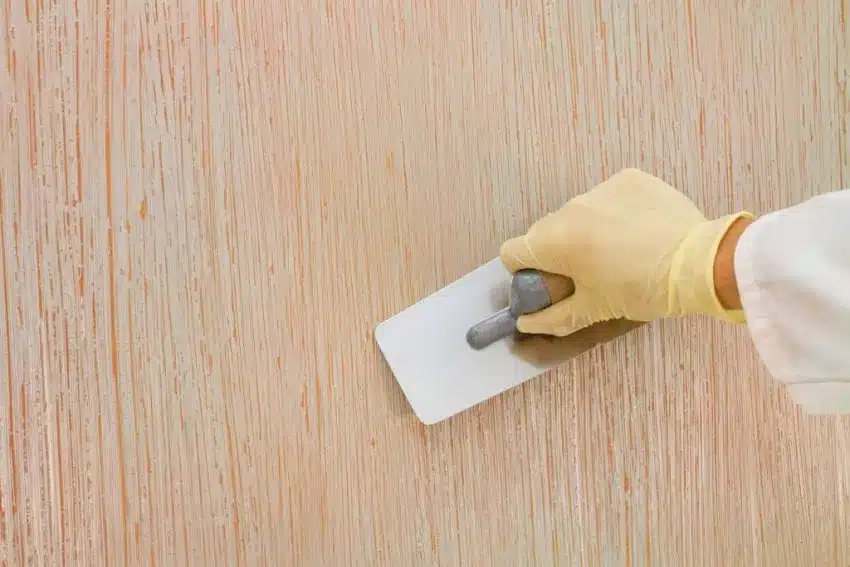
Conclusion
Transforming drywall to look like plaster is a popular technique that can enhance the aesthetic appeal of any space. By following the instructions provided, individuals can achieve a seamless and elegant plaster-like finish on their walls. This technique offers a cost-effective alternative to actual plastering, allowing homeowners to achieve the desired look without breaking the bank.
One of the key advantages of using this technique is its versatility. Drywall can be easily manipulated to mimic the texture and appearance of plaster wall, providing a smooth and polished finish. This allows individuals to create a cohesive and sophisticated look throughout their space. This makes it accessible to a wide range of people who are looking to upgrade their walls without the need for professional assistance.
Another benefit of using this technique is the ability to customize the final result. By experimenting with different tools and techniques, individuals can achieve various plaster-like effects, such as a smooth Venetian plaster or a textured stucco finish. This allows for creative expression and the opportunity to tailor the look to suit personal preferences and the overall design concept of the space. Furthermore, the use of different paint colors and finishes can further enhance the plaster-like appearance, adding depth and dimension to the walls.
Transforming drywall to look like plaster is a cost-effective, versatile, and customizable technique that can elevate the visual appeal of any space. By following the provided instructions and experimenting with different tools and finishes, individuals can achieve a seamless and elegant plaster-like finish on their walls. Whether it is for a modern or traditional design, this technique offers a practical solution for those looking to upgrade their walls without the need for professional assistance. So, why settle for plain drywall when you can easily transform it into a stunning plaster-like surface?



